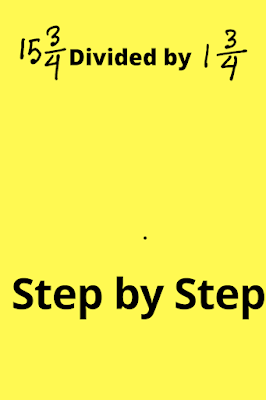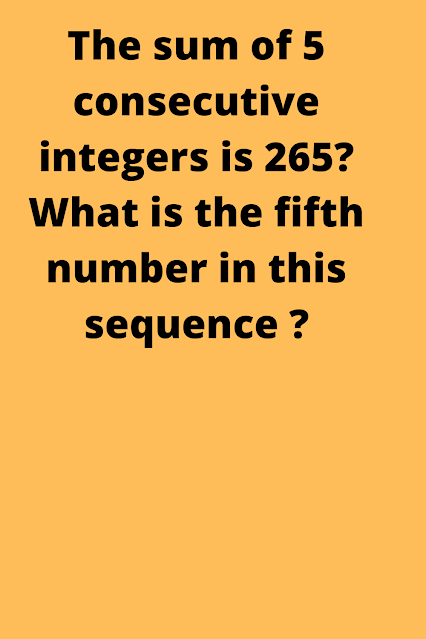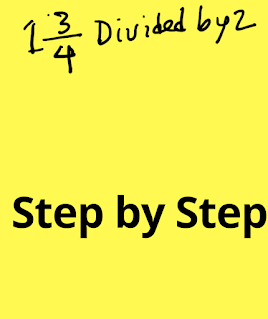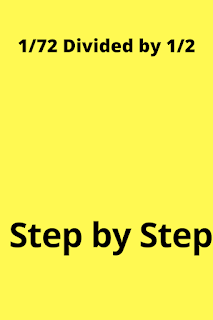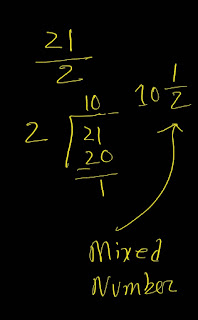What is the equivalent fraction of .625 ?
5/8 Explanation: Explanation: To express decimal .625 as a fraction,you need to follow the following steps.Here are the steps: Step-1: Drop the decimal and write obtained number as numerator. 625/ Step-2: Now write the place value of the last digit as denominator.For .625,the last digit is 5 and the place value for 5 is thousandths ( 1/1000). 625/1000 Or,for every digit after decimal point, consider 10.Remember that you need to multiply all the 10s. Step-3: Now reduce the fraction to its lowest term. 625/(10×10×10) The last digit of 625 is 5.So,it is divisible by 5. So,125×5 =625 Now rewrite, The last digit of 125 is 5.So,it is divisible by 5. So,5×25 =125 Now rewrite, So,after reducing we are getting 5/8 .So,.625 as a fraction is 5/8 . Next What is 62 5 as a fraction in simplest form? Answer: 625 ...
